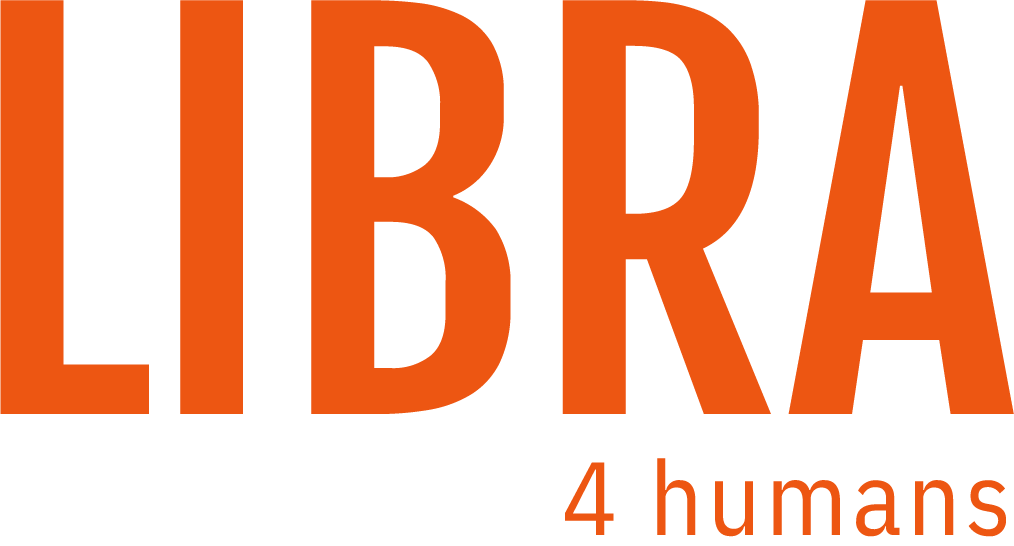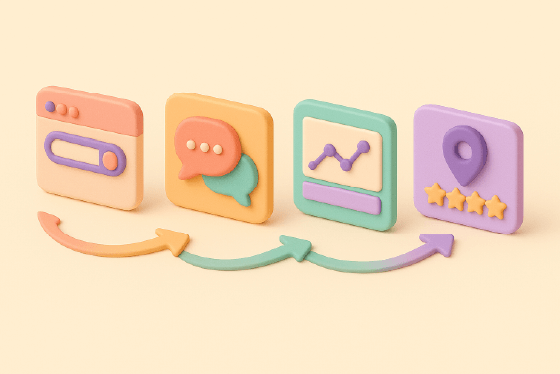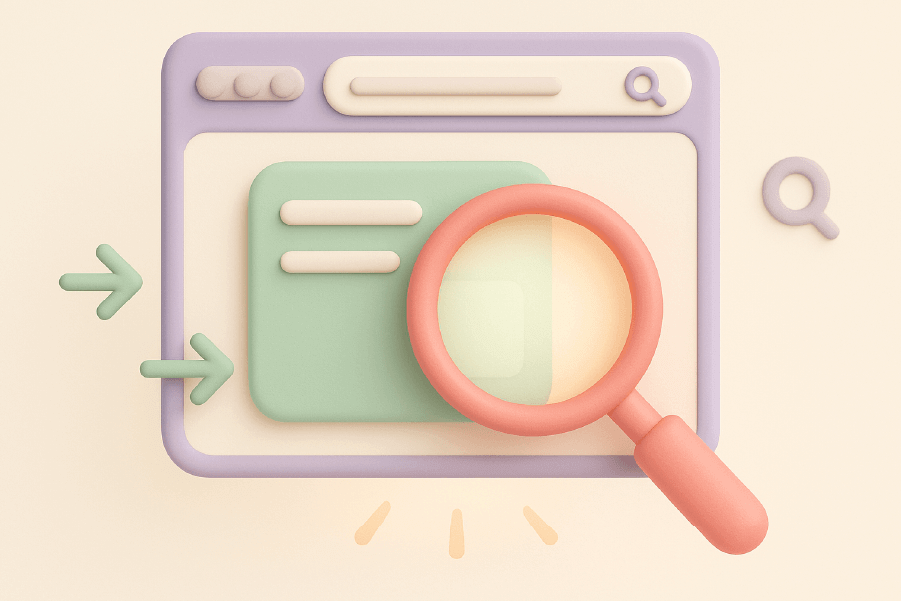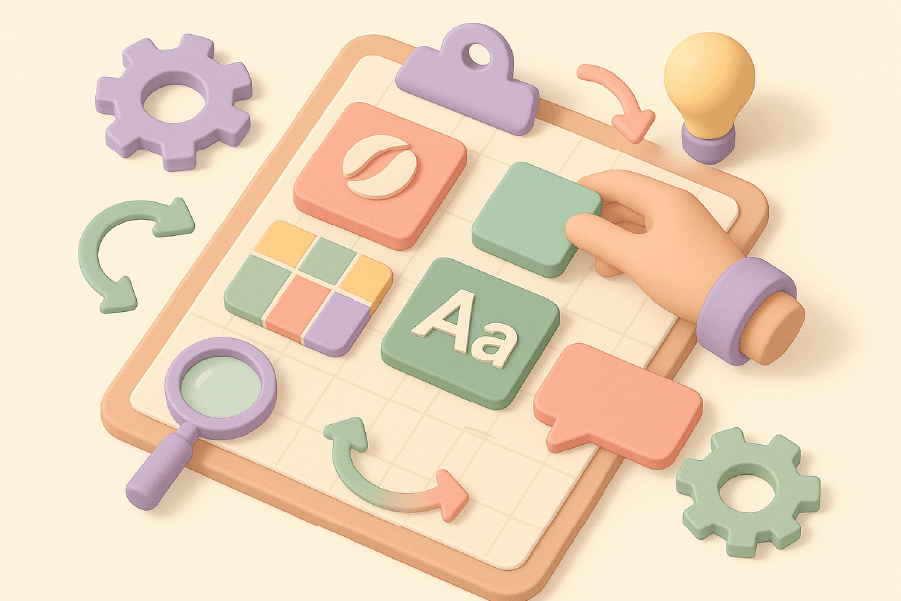Alt text makes digital content accessible for visually impaired users and helps with SEO. This article explains what alt text is, why it matters, and how to write it effectively.
Key Takeaways

Adding alt text is essential for web accessibility and SEO, aiding visually impaired users and improving search engine understanding of images.

Effective alt text should be concise, informative, and contextually relevant, avoiding redundancy and focusing on the image’s purpose rather than its appearance.

Different types of images, such as informative, decorative, and functional images, require tailored alt text strategies to enhance user experience and accessibility.
Introduction to Alternative Text
Alternative text, commonly known as alt text, is a fundamental component of web accessibility and search engine optimization (SEO). It serves as a textual description of an image, enabling screen readers to convey the image’s content to users with visual impairments. By incorporating alt text, website owners can ensure that all users, regardless of their visual abilities, can access and understand the information presented on a web page.
Alt text is not only crucial for accessibility but also plays a significant role in enhancing a website’s visibility in search engine results. Search engines rely on alt text to interpret and index images, which can improve a website’s ranking and drive more traffic. In essence, alt text bridges the gap between visual content and textual information, making the web more inclusive and user-friendly.
Understanding the Importance of Alt Text

Alt text serves as a crucial descriptor that enhances website accessibility and aids search engine optimization. It is particularly important for visually impaired users who rely on screen readers to interpret web content. Screen readers utilize alt text to effectively convey image descriptions, making the web more inclusive. This not only improves user experience but also broadens your audience reach. Additionally, alt text provides essential context when an image fails to load, ensuring users still understand the content.
Moreover, alt text plays a significant role in SEO. Search engines cannot interpret image files without alt text, making it essential for understanding webpage content. Proper implementation of alt text can lead to increased user engagement by making images more relevant and understandable. It also helps in reducing legal risks associated with website accessibility issues. Alt text should describe what the image conveys to enhance user experience, especially when images do not load or are purely decorative.
Statistics show that a significant percentage of homepages have accessibility errors, with a large portion related to missing alt text. Including alt attributes ensures that when images fail to load, a descriptive text appears, enhancing user experience. Alt tags should explain how the image relates to the web page content and the pages, ensuring a comprehensive experience for users of assistive technologies.
Understanding the Alt Attribute
The alt attribute is an integral part of the HTML image tag, allowing website owners to specify the alt text for an image. This attribute is essential for providing a concise and descriptive text alternative that screen readers and other assistive technologies can interpret. For users with visual impairments, the alt attribute ensures that the content of the image is accessible and understandable.
When using the alt attribute, it’s important to craft alt text that is both informative and succinct. For decorative images that do not convey important information, an empty alt attribute (alt=””) should be used. This practice prevents screen readers from reading unnecessary content, thereby enhancing the user experience for individuals relying on assistive technologies.
How to Write Effective Alt Text

Writing alt text requires balancing conciseness with descriptiveness. Alt text should generally consist of one to two sentences. This ensures that the text is long enough to convey the necessary information but short enough to avoid overwhelming the user. Every image should aim to have alt text that is both brief and informative. However, be cautious of bad alt text, which, while descriptive, fails to provide specific information necessary for search engines to properly index images and connect them with the appropriate topics.
The content of the proper alt text should focus on the relationship between the image and the page content, not just describe the image itself. For example, instead of saying “Picture of a cute dog,” a more effective alt text would be “Golden retriever puppy playing with a red ball on grass.” This provides useful and relevant information that enhances user understanding, including the use of an alt tag. Here are some alt text examples to illustrate effective descriptions: “Aerial view of a bustling cityscape at night,” or “Chef preparing a gourmet dish in a modern kitchen.”
Avoid starting alt text with phrases like “image of” or “picture of.” Directly describe the content instead. Also, end sentences in alt text with a period to maintain proper punctuation. When an image appears multiple times, the alt text should reflect its specific context in each instance, ensuring relevance and usefulness. Ensure the image file name is descriptive and relevant. An image file should be optimized for better performance.
Alt Text Best Practices

Avoid keyword stuffing while keeping alt text descriptive. Keyword stuffing not only degrades the user experience but can also negatively impact your SEO. Effective alt text should focus on the purpose of the image rather than its appearance. For a button used to submit a form, the alt text should describe its function, such as “Submit form” instead of “Blue button with white text.” Avoid duplicate text in alt text descriptions within Microsoft 365, as it is flagged by the Accessibility Checker and is unhelpful for users with visual disabilities.
Concise alt text is generally more effective. It should typically be brief, consisting of one to two sentences, and prioritize essential information at the beginning to ensure clarity for screen reader users. Avoid using phrases like “image of” or “graphic of” since they are redundant and do not add value to the description. Alt text ensures visually impaired users can access the same information as sighted users, creating an inclusive digital environment.
When describing logos, the alt text should include the name or purpose of the logo to provide context. The context surrounding the image can influence the details included in the alt text, especially in a different context. This ensures that the alt text is not only descriptive but also relevant to the content of the page, enhancing both accessibility and user experience.
Writing Alt Text for Different Types of Images
Different types of images require different approaches to alt text. Informative images, decorative images, and functional images each serve unique purposes and thus require tailored alt text to convey their meaning effectively. For effective communication, most images in this article are assigned generic alternative text, but it is crucial to tailor the text based on the specific use of each image.
Understanding how to write alt text and alternative text for these different types of text alternatives will ensure that your content is both accessible and good alt text.
Informative Images
Informative images like graphs, diagrams, and charts should have alt text that encapsulates key insights rather than every detail. For example, when describing a graph, it’s effective to summarize the main meaning and data points in a couple of sentences. This ensures that users get the essential part of the information and detailed information without being overwhelmed.
When crafting alt text for informative images, summarize key data points and insights. For instance, “Bar chart showing a 20% increase in sales over the last quarter” is a good example of alt text that is both concise and informative. This approach provides users with the most relevant text alternative quickly and efficiently.
Decorative Images
Decorative images add visual interest to content but do not convey information. The appropriate alt text for decorative images is an empty alt attribute, written as alt=””. This ensures that screen readers ignore the image purely decorative, preventing unnecessary noise for users of assistive technologies and maintaining the integrity of empty alt text.
Functional Images
Functional images should contain descriptive alt text that clearly conveys their action or purpose. These images often serve important functions, such as navigation buttons or icons. For example, a “Search” button should have alt text like “Search” rather than just “Button”.
When writing alt text for functional images, consider the content and function of the image. Including terms like “icon” can be relevant depending on the context, but it’s essential to focus on the action or purpose the image serves. This ensures that users understand the function of the image and can interact with it effectively.
Alt Text for Complex Images
Complex images like infographics and image maps require specialized handling in alt text. The alt text should describe the general content of the image, but for more detailed explanations, consider providing supplementary text on the surrounding text page or a link to a more comprehensive linked image description. Providing a ‘text equivalent’ for complex images is crucial for users relying on assistive technologies, like screen readers, to fully understand and interact with web content. This approach ensures that users get a complete understanding of the visual content without overwhelming the alt text.
For complex images, include detailed descriptions within the body text and avoid using the longdesc attribute. User testing with and without a screen reader can also help generate ideas for alt text for advanced images. This ensures that the alt text is both effective and user-friendly.
Image Accessibility and Alt Text
Image accessibility is a cornerstone of web accessibility, and alt text is pivotal in making images accessible to all users. By providing alt text, website owners can ensure that users with visual impairments can access and comprehend the information presented on their site. This not only improves the user experience but also aligns with best practices for creating an inclusive digital environment.
Moreover, alt text contributes to a website’s SEO by helping search engines like Google understand the content of images. Properly implemented alt text can lead to better indexing and higher rankings in search engine results, driving more organic traffic to the site. By adhering to alt text best practices, website owners can create a more accessible and user-friendly website that benefits all users, including those with visual impairments and those seeking information through search engines.
Tools for Adding and Editing Alt Text
Various tools can assist in adding and edit alt text, making the process more streamlined and effective. In a WordPress website, you can modify the alt text in the Media Library by finding the Alt Text field within the image settings. The Image settings in the Block tab of the sidebar allow for easy updates. If no alt attribute is entered, WordPress copies the title to the alt attribute by default. Therefore, it is crucial to craft proper alt text instead of relying on the image filename to ensure better accessibility and SEO practices.
In Microsoft 365, users can enable automatic alt text generation by selecting Options, choosing Accessibility, and checking ‘Automatically generate alt text for me’. The ‘Generate a description for me’ button and the Accessibility Checker further facilitate the process.
Social media platforms also prompt users to add alt text when uploading images, adding images to enhance accessibility in an accessible place, along with additional resources and assistive technology.
Common Mistakes to Avoid with Alt Text
Common mistakes in writing alt text include:

Redundancy, which should be avoided to prevent confusion

Vagueness and using generic terms, which can lead to poor comprehension for users relying on alt text, especially those with visual impairments

Neglecting important images, as this significantly reduces accessibility

Bad alt text, which, while technically descriptive, fails to provide specific information necessary for search engines to properly index images and connect them with the appropriate topics, leading to missed optimization opportunities
Avoid these pitfalls by making decent alt text concise, descriptive, and ending it with a period for clarity. This ensures that the alt text is useful and enhances the user experience, avoiding a poor user experience with descriptive text alternatives.
The Role of Alt Text in SEO

Alt text plays a crucial role in SEO by helping search engines understand and index image content. Properly set alt text improves the likelihood of images being indexed and ranked effectively by search engines. This not only enhances web accessibility but also contributes to better visibility and higher rankings in search results. Optimized alt text can also enhance visibility in Google Images, leading to increased image traffic.
Including relevant keywords in alt text can improve the chances of ranking in image search results. Optimized alt text increases website traffic by surfacing images in search results. Well-written alt text not only assists in accessibility but also improves the likelihood of appearing in AI-powered search snapshots. Additionally, alt text helps surface images in image packs, significantly boosting website traffic and visibility.
Summary
Alt text is more than just a descriptive tool; it’s a crucial element that enhances web accessibility, user experience, and SEO. Properly implemented alt text ensures that your content is accessible to all users, including those who rely on assistive technologies. It also improves your site’s visibility and ranking in search engines. Incorporating alt text into both individual blog posts and web pages is essential for maximizing these benefits.
As we move towards a more inclusive digital world, adopting alt text best practices is not just a recommendation but a necessity. By following the guidelines and tips discussed in this post, you can ensure that your website is both accessible and optimized for search engines. Let’s make the web a more inclusive place, one alt text at a time.
Frequently Asked Questions
What is the primary function of alt text?
The primary function of alt text is to offer a text alternative for images, enhancing web accessibility for visually impaired users and helping search engines interpret image content. Proper alt text not only aids screen readers in conveying image content but also enhances accessibility for users with visual impairment, reduces legal risks, and improves user engagement for individuals with visual challenges.
How concise should alt text be?
Alt text should be concise, ideally limited to one to two sentences, providing essential context about the image without excessive detail. This approach ensures clarity and accessibility for users. Concise alt text is easier for screen readers to read aloud, improving understanding and user experience for visually impaired users.
Should I use “image of” or “picture of” in my alt text?
It’s best to avoid starting alt text with “image of” or “picture of” and instead directly describe the content for clarity and conciseness. Alt text should describe what the image depicts directly. This approach enhances accessibility and understanding.
What should I do for decorative images?
For decorative images, it’s best to use an empty alt attribute (alt=””) so that screen readers can ignore them, enhancing the experience for users of assistive technologies. This approach helps maintain accessibility without adding unnecessary information. An empty alt attribute should be used for an image purely decorative.
How does alt text impact SEO?
Alt text significantly impacts SEO by helping search engines understand and index image content, which can increase visibility and drive traffic to your site. Incorporating relevant keywords in alt text is essential for optimal search engine rankings. Optimized alt text for image links can boost search results, particularly in Google Images and image packs, thus attracting more organic visitors to a website.






